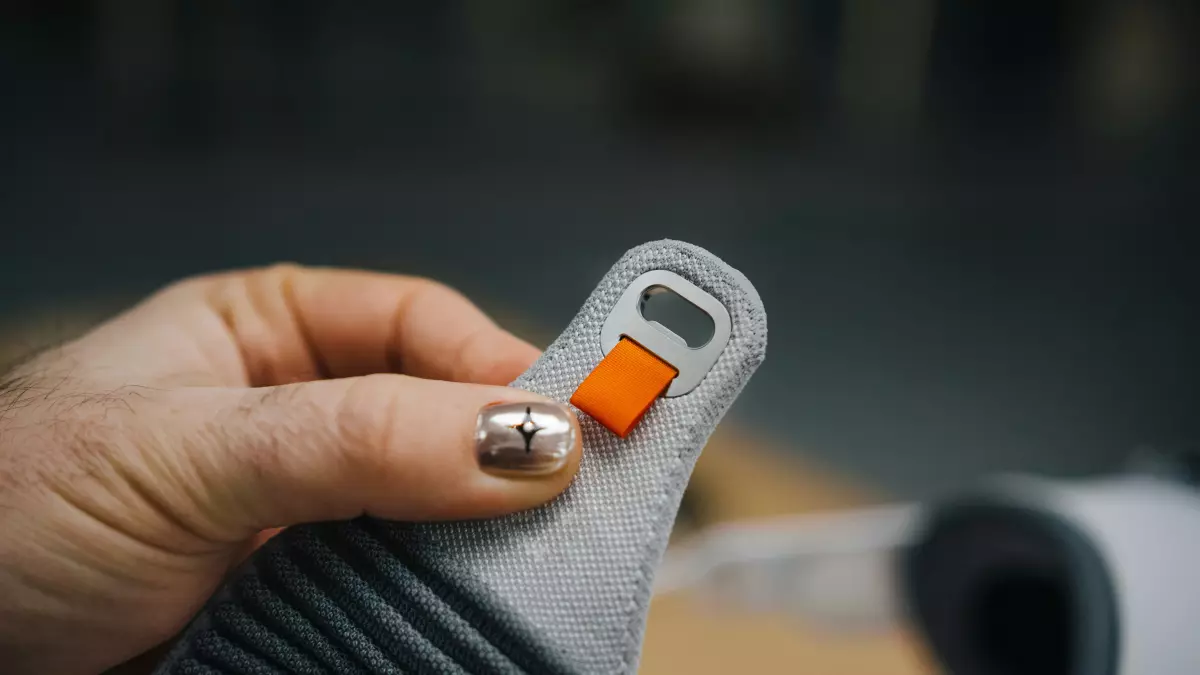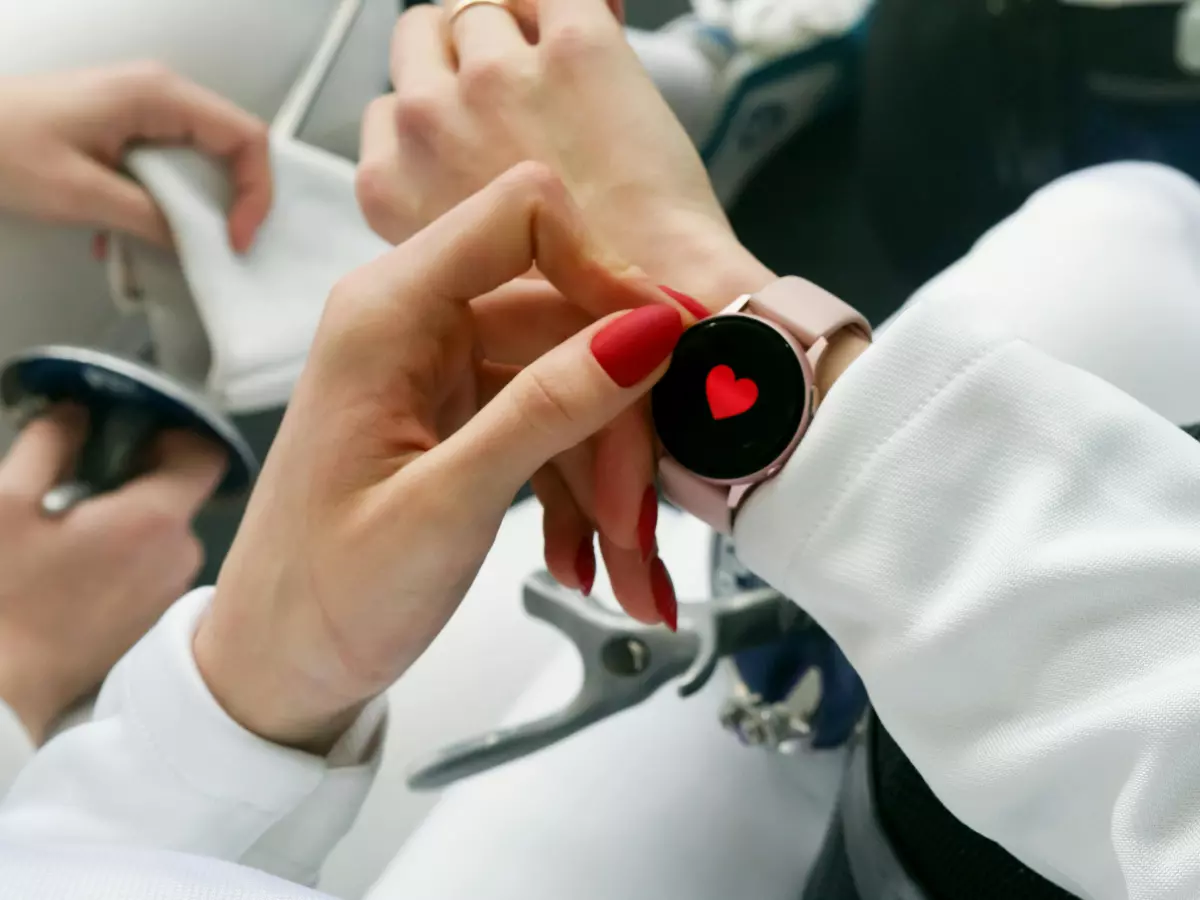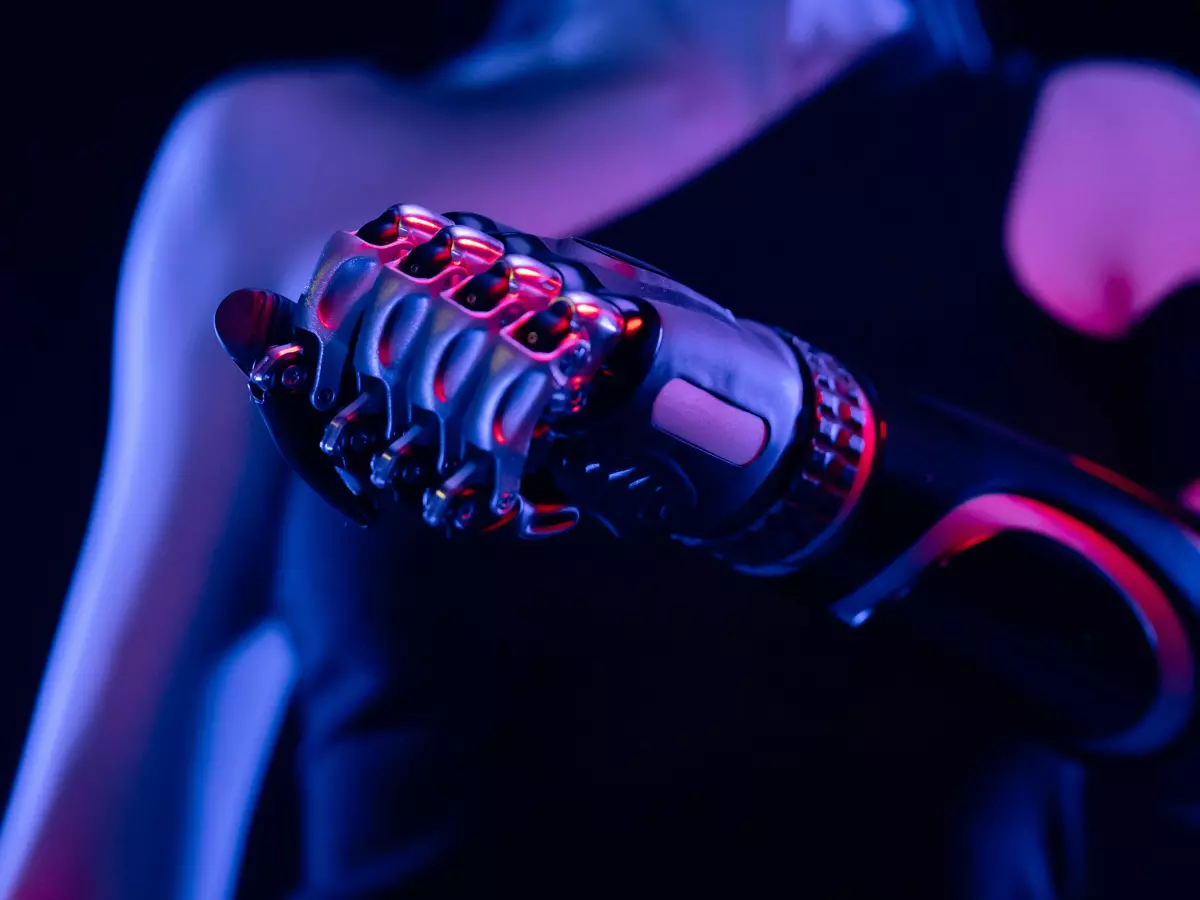Syncing It All
I remember the first time I strapped on a fitness tracker. It was a chunky, awkward thing that barely lasted a day on a single charge. Fast forward a few years, and now I’ve got a sleek, lightweight wearable that tracks my heart rate, sleep, and even reminds me to stand up—all while lasting nearly a week without needing a recharge. How did we get here?

By Elena Petrova
Wearable tech has come a long way, and it’s not just about better battery life or more sensors. The real magic lies in how these components—sensors, battery, and software—work together in perfect harmony. It’s like a tech symphony, where each part plays its role to ensure your device runs smoothly, efficiently, and without draining your battery in a matter of hours.
But what’s really going on under the hood? How do these tiny sensors, batteries, and software systems sync up to create the seamless experience we’ve all come to expect from our wearables? Let’s break it down.
The Role of Sensors: Tiny, But Mighty
Sensors are the unsung heroes of wearable tech. They’re the ones doing all the heavy lifting—tracking your heart rate, counting your steps, measuring your sleep patterns, and even detecting your stress levels. But here’s the thing: sensors are power-hungry little beasts. Every time they take a reading, they need energy, and that energy comes straight from your wearable’s battery.
There are several types of sensors packed into wearables, each designed for a specific task. For example, accelerometers track movement, gyroscopes measure orientation, and optical sensors monitor heart rate. These sensors are constantly collecting data, but they don’t work alone. They rely on software to process that data and make sense of it.
And this is where things get interesting. The more sensors you have, the more data you collect, but that also means more power is needed. So how do wearables manage to keep all these sensors running without draining the battery in a matter of hours?
Battery Life: The Balancing Act
Ah, battery life—the Achilles' heel of every piece of tech. In the world of wearables, battery life is a constant battle between functionality and power consumption. The more features your wearable offers, the more power it needs. But no one wants to charge their device every few hours, right?
Wearable manufacturers have had to get creative with how they manage battery life. One of the key strategies is to use low-power sensors. These sensors are designed to consume as little energy as possible while still delivering accurate data. For example, many wearables now use optical heart rate sensors that only activate when necessary, rather than continuously running in the background.
Another trick is to use energy-efficient processors. Modern wearables are equipped with processors that are specifically designed to handle the demands of multiple sensors without draining the battery. These processors can quickly analyze data and then go into a low-power state when they’re not needed, conserving energy for when it’s really required.
But even with these advancements, battery life would still be a major issue if it weren’t for the software that ties everything together.
Software Integration: The Glue That Holds It All Together
Software is the unsung hero of wearable tech. It’s the invisible force that makes sure your sensors and battery work together in harmony. Without smart software, your wearable would be a power-hungry mess, constantly running sensors and draining the battery in no time.
So, how does the software manage to keep everything running smoothly? It all comes down to optimization. The software in your wearable is designed to prioritize tasks and allocate resources efficiently. For example, it might decide to only activate certain sensors when they’re absolutely necessary, or it might process data in batches to reduce the amount of time the processor needs to be active.
Many wearables also use machine learning algorithms to predict user behavior and adjust sensor activity accordingly. For example, if your wearable knows that you usually go for a run at 6 AM, it might start prepping the necessary sensors a few minutes before you head out the door. This kind of predictive behavior helps to conserve battery life while still delivering the data you need.
And let’s not forget about firmware updates. These updates often include optimizations that improve battery life and sensor performance. So, if you’ve ever noticed that your wearable suddenly lasts longer after a software update, that’s no coincidence—it’s the result of better software integration.
The Future of Wearable Tech: Smarter, Smaller, and More Efficient
As wearable tech continues to evolve, we can expect even more advancements in how sensors, battery, and software work together. One of the biggest trends on the horizon is the development of even smaller, more efficient sensors. These sensors will be able to collect more data while using less power, which means longer battery life and more features packed into smaller devices.
We’re also likely to see more advanced machine learning algorithms that can predict user behavior with even greater accuracy. This will allow wearables to become even more efficient, activating sensors only when they’re needed and conserving battery life the rest of the time.
And let’s not forget about the potential for new battery technologies. While lithium-ion batteries have been the standard for years, researchers are exploring alternatives like solid-state batteries and even energy-harvesting technologies that could allow wearables to recharge themselves using body heat or movement.
It’s an exciting time to be in the world of wearable tech, and the future looks brighter (and more efficient) than ever.
History Repeats Itself: From Clunky to Seamless
Looking back, it’s amazing to see how far wearable tech has come. Just like the early days of smartphones, wearables started out as clunky, power-hungry devices that were more of a novelty than a necessity. But over time, through advancements in sensors, battery technology, and software integration, wearables have become an essential part of our daily lives.
And just like with smartphones, the key to their success has been the seamless integration of hardware and software. It’s a lesson we’ve learned time and time again in the tech world: when everything works together, the result is greater than the sum of its parts.




